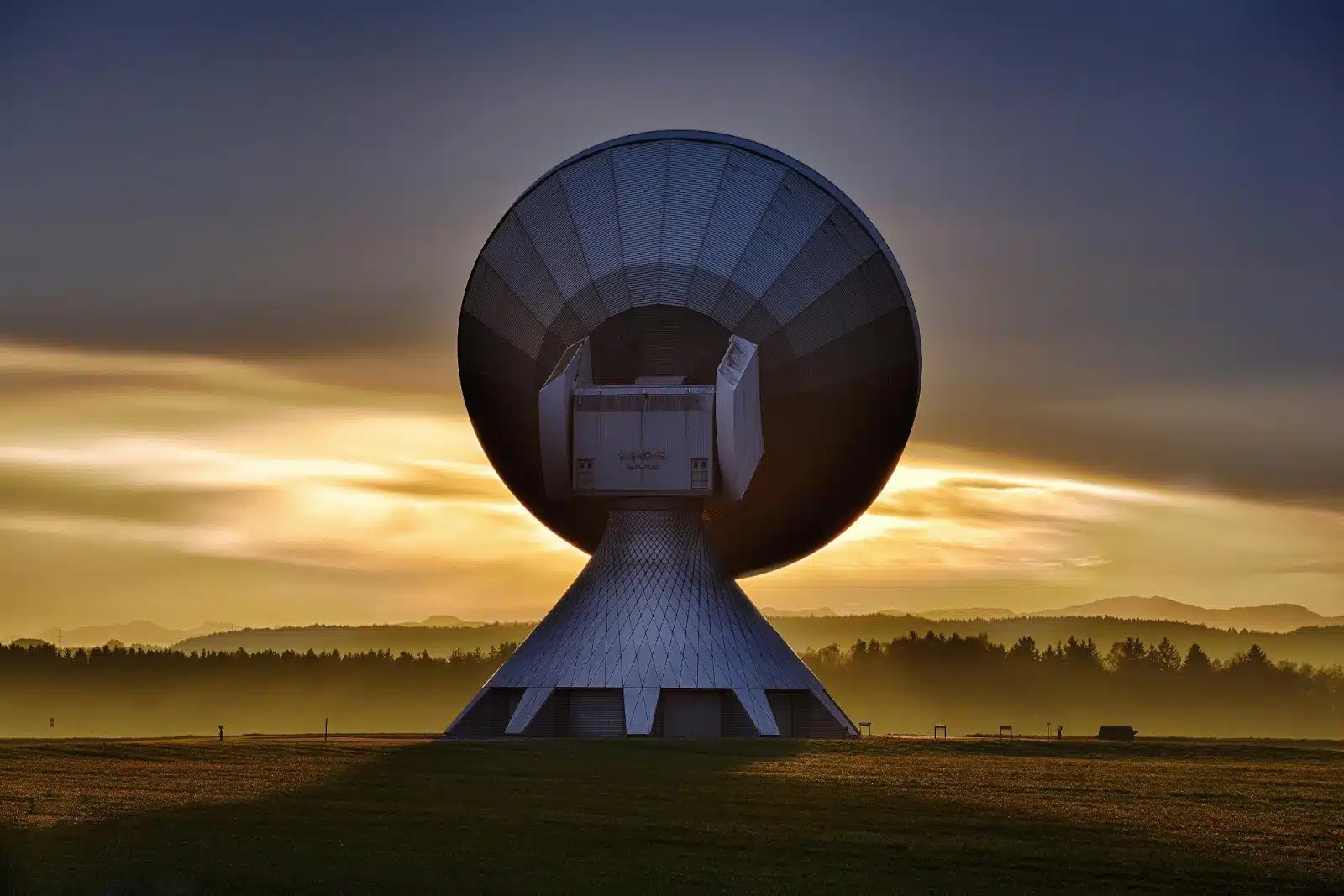The advent of each new generation of wireless technology has historically marked a leap forward in communication capabilities. As we commence the exploration of the mysterious yet promising world of 6G, we can only speculate about the boundaries it will push in connectivity. With the potential to revolutionize data transmission speeds, latency, and overall communication efficiency, 6G stands on the precipice of shaping our digital future.
Soaring Speeds: The Fast Lane of Data Transmission
The leap from 5G to 6G is anticipated to be monumental, with expected data speeds to eclipse those of its predecessor by a magnitude. Experts suggest potential speeds hitting the terabits-per-second mark, which would enable the downloading of large data files almost instantaneously, further nurturing the soil for innovations like holographic telepresence or real-time high-resolution streaming.
Efficiency Enlightenment: Communication at Its Peak
Increased efficiency in 6G will not only mean faster speeds and lower latency but also smarter use of the spectrum and energy. The next generation of wireless technology aims to utilize higher frequencies and more efficient encoding schemes, potentially transforming how we deal with connectivity in high-density areas and reducing energy consumption for a greener planet.
Test and Measurement: Ensuring 6G’s Potential
As we delve into the future of 6G, the role of state-of-the-art testing equipment becomes increasingly critical. Technologies such as the bit error ratio tester are essential in verifying system performance and integrity, confirming that data integrity is preserved even at the staggering speeds expected of 6G. These advanced test solutions assess error rates, helping engineers refine protocols and equipment to meet the rigorous demands of next-generation networks.
Artificial Intelligence Integration
The integration of 6G with artificial intelligence (AI) will initiate a groundbreaking chapter in smart automation and decision-making systems. With ultra-reliable low-latency communication (URLLC), AI can operate at high efficiencies, providing critical services in areas like healthcare, where AI assistance in diagnosis and treatment could become ubiquitous, delivering care with precision and speed previously unattainable.
Edge Computing Empowerment
6G’s promise to promote edge computing will bring processing power closer to data sources, reducing the demand on central servers and cutting response times. This enhancement is especially pertinent for Internet of Things devices, which can harness the low latency and high reliability of 6G for real-time data processing, leading to advances in smart cities, industrial automation, and personalized user experiences through local data analytics.
Latency Lowdown: The Pursuit of Instantaneity
In the low latency arena, 6G is predicted to achieve sub-millisecond rates, virtually eliminating perceptible delay in data transmission. This near-zero latency is not just a slight improvement in efficiency; it’s a necessity for technologies like autonomous vehicles and remote surgery, where every millisecond counts.
Redefining Connectivity: Everywhere and Everything
With 6G, the concept of ubiquitous connectivity will expand beyond smartphones and laptops. The so-called Internet of Things (IoT) will extend to the Internet of Everything (IoE), linking not only devices but also creating a web of connected machines, objects, and even biological systems. This will fundamentally reshape how we interact with the digital and physical worlds.
Challenges and Changelogs: Overcoming 6G Hurdles
For all its potential, 6G still faces significant challenges. Technological advancements are needed to tackle issues such as signal attenuation, energy requirements, and the development of new infrastructure capable of supporting higher frequencies. Researchers are diligently working on addressing these hurdles to make 6G a viable, reliable reality.
Security in the Spotlight: Protecting a Hyper-Connected World
As our world grows ever more connected, security concerns magnify. With 6G technology, a new emphasis on cybersecurity comes to the fore. Ensuring secure transmissions and protecting vast networks from malicious attacks will be paramount to maintaining the integrity and trust in 6G connectivity.
Sustainability and Society
The implications of 6G technology extend beyond mere technological advancements, presenting the opportunity to contribute meaningfully to sustainability efforts. The increased efficiency and potential for reduced energy consumption align with global emission goals, and the integration of connectivity in all aspects of life can lead to societal shifts, including smart resource management and streamlined public services, fostering a more connected and sustainable community.
Conclusion: Gearing Up for a 6G Future
While 6G may still be in its embryonic stage, the excitement around its capabilities is palpable. As this next generation of wireless technology continues to develop, we can anticipate a transformed landscape of communication that extends far beyond our current comprehension. The future of 6G holds not only faster, more efficient, and wider-reaching connectivity but also a host of new challenges and opportunities. It’s a future that beckons with open arms, daring us to dream of possibilities once thought to be the stuff of science fiction.
Lucas Noah, armed with a Bachelor’s degree in Information & Technology, stands as a prominent figure in the realm of tech journalism. Currently holding the position of Senior Admin, Lucas contributes his expertise to two esteemed companies: OceanaExpress LLC and CreativeOutrank LLC. His... Read more
